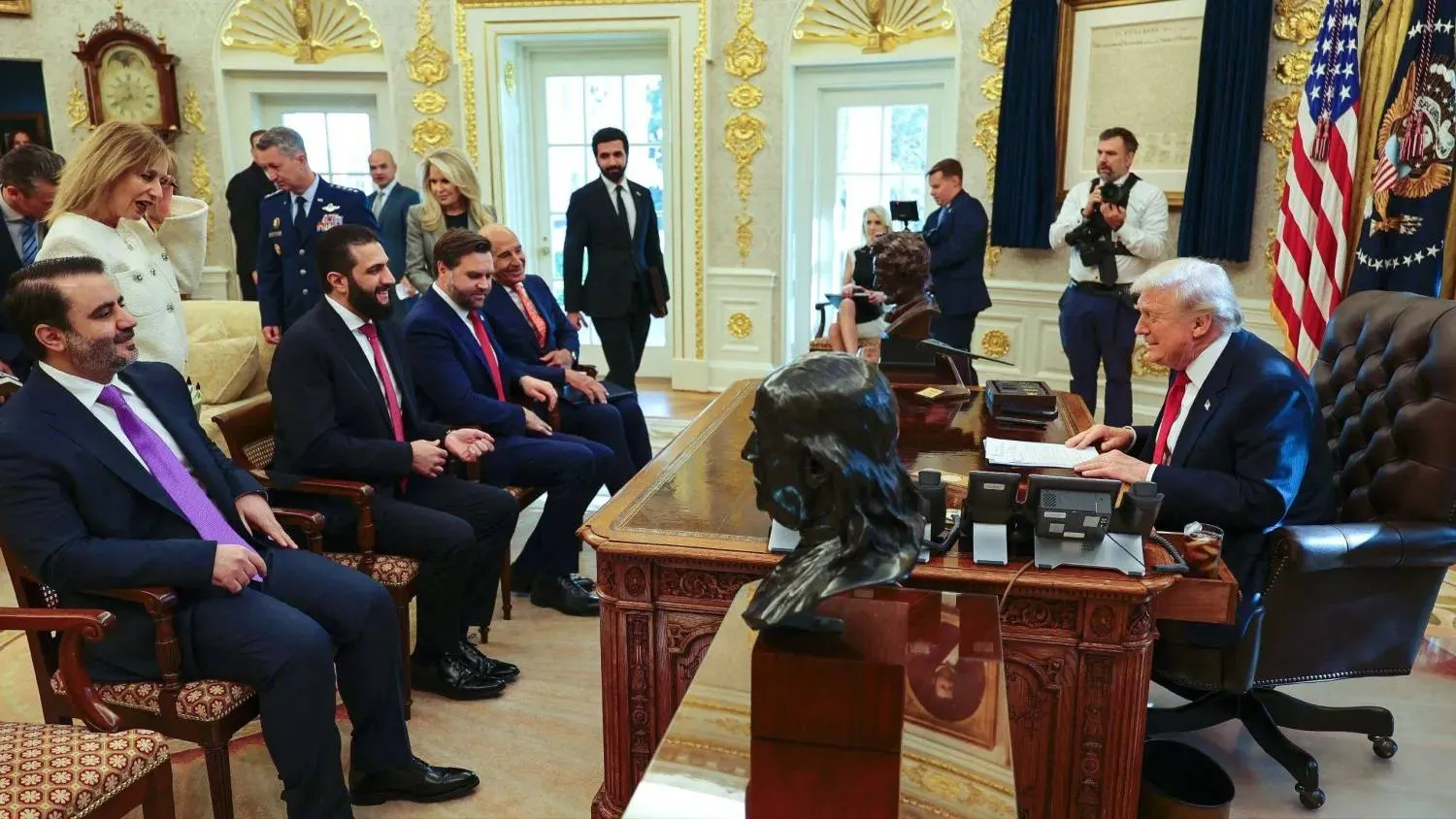Since the early days of modern Saudi Arabia, King Abdulaziz established key principles, including the use of Shura (consultative) councils as a crucial aspect of his wise governance.
Under his rule, the Shura Council was formed, representing a significant move towards institutionalizing governance practices.
This marked the beginning of a constitutional framework for the developing state.
The constitutional movement began in February 1925 with the first National Council being founded under the speakership of Sheikh Abdul Gadir Al-Shebi.
That council continued for six months until a reshuffle that saw Sheikh Mohammed Al-Marzouki Abou Hussein act as speaker and Shebi as his deputy. The council boasted 15 members and Mohammed Suroor Al-Sabban acted as its secretary.
On August 5, 1925, King Abdulaziz inaugurated the council’s session at its Makkah headquarters.
He delivered the first royal address in two parts: a brief impromptu speech with his directives, and an extended official statement presented by Counselor Hafez Wahba.
This tradition continues to this day, with members considering the royal address as the council’s “work program.”
They formed committees to review and discuss the addressed topics, presenting the results to the king after council approval.
First step
On May 13, 1926, an official announcement was made for the election of consultative councils, including the Shura Council.
A royal decree was issued on May 23, 1926, appointing Sharif Mohammed Sharaf Basha bin Adnan Al-Ghalib as speaker.
The first constitutional document, published later, outlined the creation of the Council.
Formed under the deputyship of the King in the Hijaz in September 1926, with Sheikh Abdulaziz bin Mohammed Al-Otaiqi as the deputy, three councils represented the starting point for Shura development.
They marked an experimental phase for the model upon which the Saudi institutional state is built, including the systems and formation methods of these councils.
On July 8, 1927, in response to recommendations from the Inspection and Reform Committee, the King agreed to a new system for the council.
He replaced its members and reorganized it with his advisor Sharif Mohammed Sharaf Adnan leading the sessions.
Evolution of the Council
This marked the beginning of the Shura Council in its long-standing form.
In the second session, King Abdulaziz saw the need to improve its system. The initial system had 14 articles.
The Council’s new internal rules were issued, consisting of 24 articles. This system remained in place for almost 65 years, during which the council carried out its functions.
After the creation of the Council of Ministers in 1952, which limited the Shura Council's powers, there was a need to update its system to match the changes in various state authorities.
The Council made its first attempt in 1953, preparing a proposal for the development of its system and internal rules, which was submitted for review.
Committees were formed, and in 1962, a committee led by Prince Mishaal bin Abdul Rahman worked on drafting the basic governance system.
In 1980, another committee led by Prince Nayef bin Abdulaziz resulted in the creation of the “Shura Council System.”
5,963 meetings in 54 years
Despite a delay in updating the system for about 40 years, the Council’s experience during that period is still remembered in political and administrative circles, with its impact documented in government archives.
According to Saudi Shura historian Dr. Abdulrahman bin Ali Al-Zahrani, the Council held 51 sessions, between 1927 and 1980, conducting a total of 5,963 meetings and issuing 8,583 decisions, including various regulations and instructions.
During this time, the Council boasted 85 members, with each session attended between six and 25 members.
Sheikh Ahmed bin Ibrahim Al-Ghazawi held the longest tenure at 51 years, starting as a secretary and eventually becoming the permanent deputy speaker. Sheikh Mohammed Al-Tayyib Al-Hazazi had the shortest membership, lasting only one month.
Membership extensions were common at the time, with an average tenure of 10-and-a-half years per member.
King Faisal at the helm
King Faisal served as the president of the Council from 1927 until his passing in 1975.
Afterward, the Council remained linked to the monarchy, with the vice president managing its affairs.
It wasn't until 1992, with the royal decree appointing Sheikh Mohammed bin Ibrahim bin Jubair as speaker, that new leadership emerged.
Jubair had been a member of committees studying the Council’s system development since 1962.
The role of vice president was held by individuals like Sheikh Abdullah bin Mohammed Al-Fadl, Saleh Shata, Sheikh Abdullah Al-Shebi, Sharif Mohammed Sharaf Rida, Sheikh Ahmed Al-Ghazawi, and Saadik Dahlan.
The role of Secretary-General saw seven individuals taking charge, including Sheikh Ahmed Al-Ghazawi, Hamza Al-Marzouki Abu Hussein, Fuad Ali Rida, Saadik Dahlan, Alawi Al-Idroos, Mohammed Saeed Jawharji, and Abdel Razak Al-Tayeb.
The last session of the Council during its 51st term took place on September 27, 1980.
From Makkah to Riyadh
But interestingly, after that point, the council didn't stop its work. It continued to function as an entity with its own budget, staff, and headquarters in Makkah’s Shisha neighborhood.
The General Secretariat and administrative operations were based there, and extensions were given to remaining members.
After the death of the Council’s deputy speaker, Sheikh Ahmed Al-Ghazawi, a Royal Decree (No. 2931) was issued on July 14, 1981, appointing Dahlan to replace him.
Dahlan continued in this role until 1992 when the Council’s offices moved to Riyadh.
The Council even had a summer headquarters in Taif.
King Abdulaziz inaugurated the third session and delivered the royal address in Taif on July 27, 1930.
Other key figures also delivered royal addresses in the absence of the King.
These foundations set by King Abdulaziz during a crucial period in the Kingdom’s early years illustrate his dedication to establishing the state’s structure.
Despite focusing on unification wars and ensuring security, he prioritized stabilizing the state's foundations. His successors continued and refined these practices.









